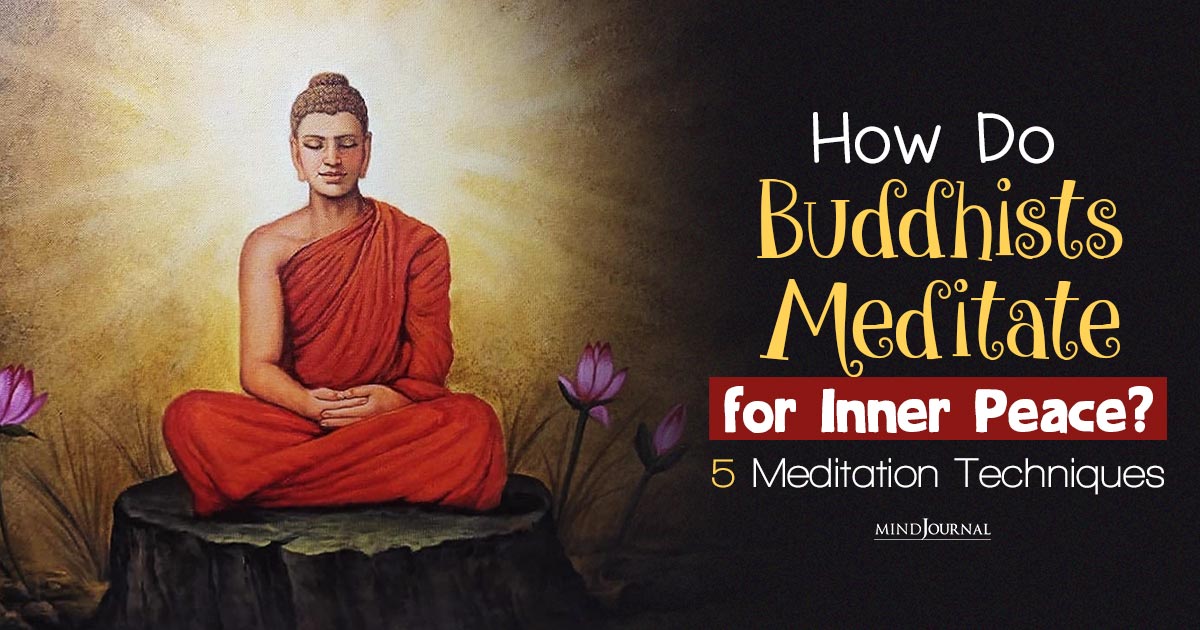Journeys to Sacred Sites have been around as long as humans have been around to declare sites Sacred.
Pilgrimage as a spiritual practice can be found across religious traditions and is even considered one of the five pillars of Islam and one of seven ancient practices within Christianity. For modern Jews, pilgrimage to Israel is considered a birthright, with sponsored journeys available to young adults. Buddhists have long journeyed to the very site at which the Buddha received enlightenment in hopes of tapping into their Buddha-nature and receiving enlightenment of their own. For Hindus, the Kumbh Mela Pilgrimage to the Ganges River—the largest religious gathering in the world—provides an opportunity for spiritual cleansing.
If pilgrimage is defined as a journey to a sacred site, then each of these voyages is indeed a pilgrimage. There are many tour companies, after all, who will cart your baggage from place to place along the Camino de Santiago de Compostela or shuttle you from site to site on tour busses throughout the Holy Land, allowing dream trips to become realities. Pilgrimage, however, is not just about a destination; it is an ongoing spiritual practice. While these voyages might be pilgrimages on paper, they require a bit more engagement to become true journeys of the soul.
Whether you’re traveling abroad to a Sacred Site or seeking to live everyday life as a Sacred journey, here are five essentials for a pilgrimage experience that’s truly transformative:
1. ritual
A pilgrimage abroad is not an ordinary trip, and practicing pilgrimage at home is an extraordinary way to experience everyday life. Ritual reminds us of that, creating opportunities to express externally what’s moving internally and holding space for us to tend to the journey as it unfolds. The practice of pilgrimage itself is a form of ritual. Little rituals along the way, too, serve as mini-markers on our journey, such as lighting a candle or walking the rounds at a Sacred Site. Whether marking moments or enacting meaning, rituals invite us to pause and honor our experience, cultivating the soil of transformation. Learn more about letting ritual guide your journeys here.
2. intention
Along with awareness and curiosity, intention is one of the key postures of the pilgrim, setting the pilgrim apart from their counterparts. For the pilgrim, each step is one of purpose, each action a pursuit of meaning, and each direction an effort to move closer to that which is Sacred. Unlike goals, which are attached to outcome, a posture of intention allows the pilgrim to move through their journey with wholehearted determination while still following wherever the Sacred Guide might lead. Just like the journey itself is a partnership between the pilgrim and Divine as they co-create the path, so too are the pilgrim’s intentions, fueled by the longing conceived within by the Sacred Guide. Whether it is a guiding question, a theme, or simply a deep desire that drives the pilgrim, a posture of intention realigns the pilgrim with their path in everyday life propels their journey forward both at home or abroad.
3. connection
A Sacred journey without spiritual connection wouldn’t be Sacred at all. For the pilgrim, connection is essential—connection not only to the Divine but also to the True Self. As Cistercian monk and modern mystic Thomas Merton says, “If I find [God] I will find myself and if I find my true self I will find [God].” No matter the quest, it is this connection with the True Self and the Divine that the pilgrim ultimately seeks. In order to foster this connection, the pilgrim prioritizes spiritual practices that align them with both the True Self and the Divine. These practices serve as the fuel that sustains the pilgrim on journey in times of revelation as well as uncertainty.
4. border crossing
The word “pilgrim” comes from the Old French peregrin, meaning “foreigner” or “stranger.” While a vacation might mean traveling in comfort, a pilgrimage must naturally involve an element of crossing borders, engaging what is foreign and entering into the unknown. While traveling, this is often literal as the pilgrim travels to foreign lands. Still, with a heightened awareness of what the journey brings and the commitment to engage it fully, pilgrims in everyday life enter foreign territory, too, as they cross internal borders and welcome the stranger within on their journey of transformation.
5. reflection
For the pilgrim, each step on the journey is valued, even steps backward or detours to the side. Every movement is an invitation, and every moment has insight to offer. Without reflection, however, these invitations and insights can be easily missed. Because of this, the pilgrim knows the value of taking time to reflect on the journey as it unfolds, making sure to spend time pondering their experience and what has brought them thus far as they listen for the movement of the Sacred Guide and discern the path ahead.
Like this post?
Sign up below to receive updates on offerings, products, and free resources so you don’t miss a thing! You’ll also receive an instant download of the Principles Rule of Life, including seven guideposts and practices for living and traveling like a pilgrim.







